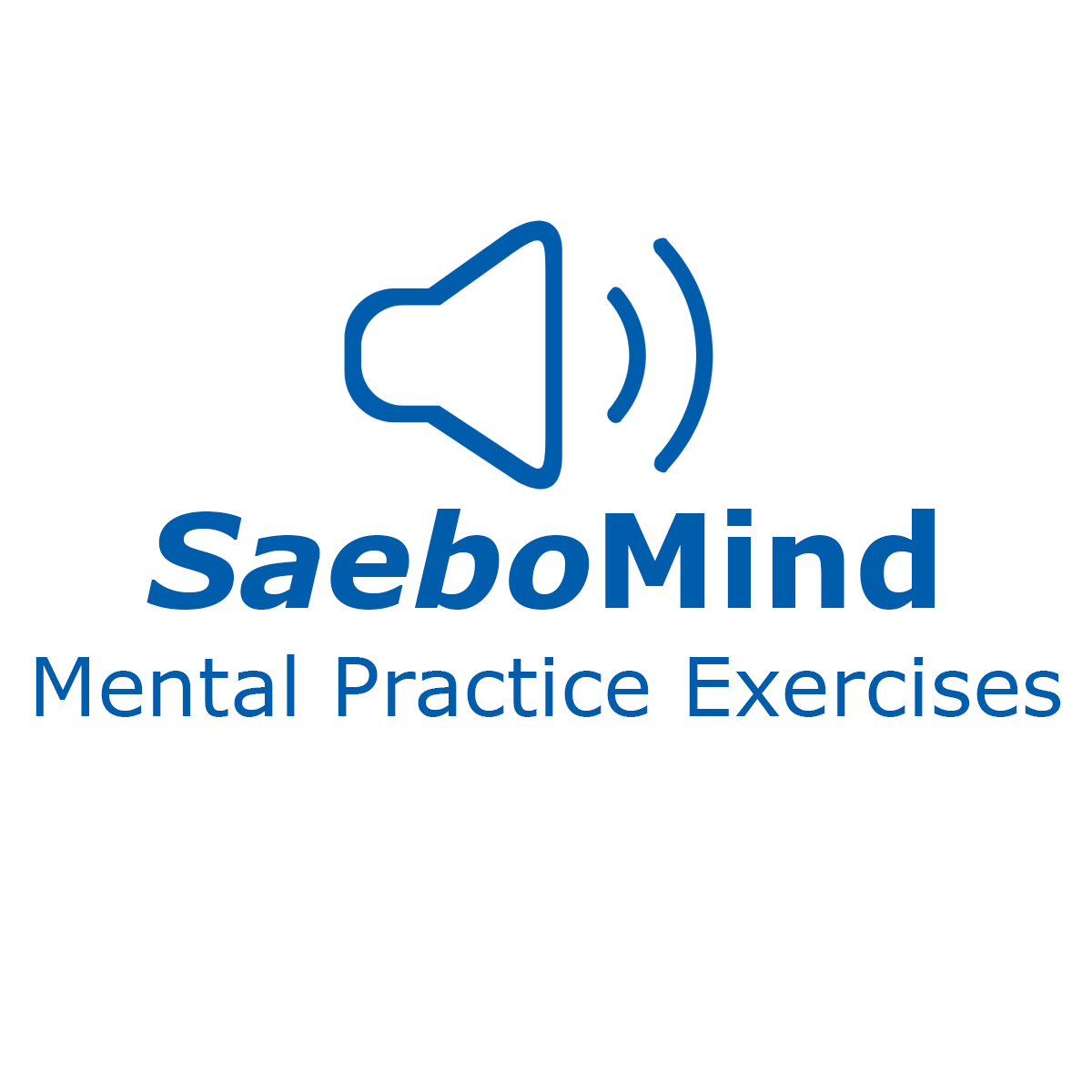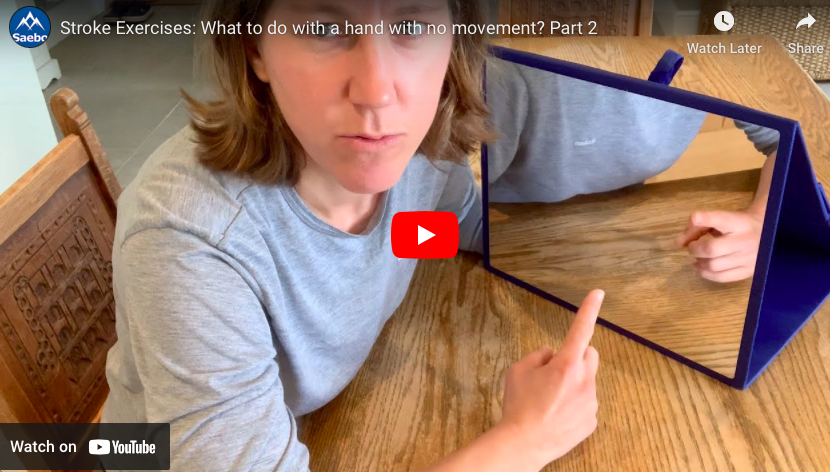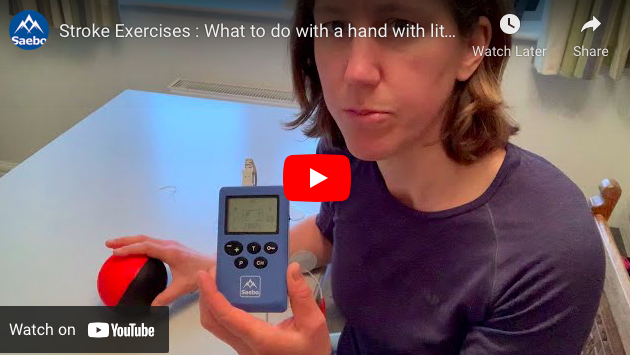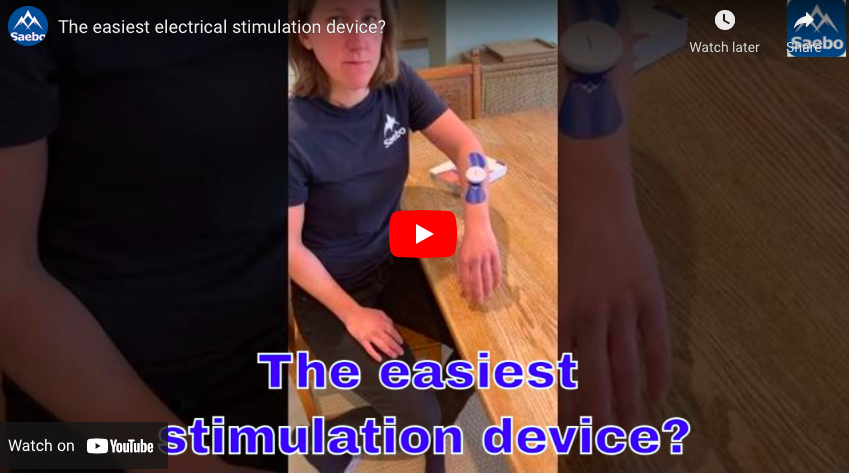Little or no movement in your Arm and Hand? There are Rehab Options for you!
Amy Bean
Tuesday, January 10th, 2023
#electricalstimulation#nmesMental ImageryMirror Therapy
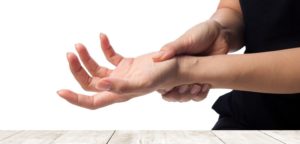
When there is little or no movement present in the arm early after a neurological injury such as Stroke, it can lead to the arm being ignored.
Focus often shifts to the leg to work on transferring or walking. How can you do exercises when there is no movement? You might get taught positioning, or advised to rest it carefully on a pillow. You may even get provided with a splint to stop it tightening over time.
The good news is there are things you can do to start getting those messages firing within the brain. It’s important to deliver input to the brain to so that it can start to rewire itself; the brain has an amazing ability to adapt and reorganise itself after an injury. You may have heard the term “neuroplasticity” – this is defined as the ability of the nervous system to change its activity in response to internal or external stimuli by reorganising its structure, functions, or connections after a neurological injury, such as a stroke or traumatic brain injury (TBI) . National Library of Medicine, Neuroplasticity, May 2022
How can input or stimulation be given when there is little or no movement?
1. Mental Imagery
- Mental Imagery is the mental rehearsal of complete tasks such as taking a drink, or putting on a pair of glasses.
- No movement is performed; the person visualises themselves performing the movement most commonly with a voice over recording to help take them through the steps of the task.
- The person needs to be able to follow the voice over instructions if they are using them, and be able to concentrate for 2-3 minutes at a time.
- It has been show to help both learn the movement, and improve performance of the movement.
- SaeboMIND is a free downloadable app to enable you to start practicing Mental Imagery.
- It can be performed at any stage of the rehab journey.
2. Mirror Therapy
- A mirror is used to create an image of the non affected hand moving, with the affected hand screened from view in the mirror box. This provides visual and positive feedback to the motor area of the brain to give the illusion of normal movement in the affected hand. It has been shown to increase excitability in the brain
- Mirror therapy can be used when there is little or no movement in the hand or arm.
- Like Mental Imagery, the ability to concentrate for a few minutes at a time is required.
- Research shows it can improve motor function, motor impairment and the ability to perform every day tasks. It has also been shown to reduce pain for those with complex regional pain syndrome.
- Our SaeboMirror Box has been designed to have a large aperture to make it easier to place arms with minimal or no movement inside. Having a large mirror face is also important to make it more effective.
3. Electrical Stimulation
- Electrical stimulation works by sending a signal to a muscle, causing it to contract. When the brain is not able to do this after a Stroke or neurological injury, electrical stimulation can. In addition to all the benefits of a muscle working, it will provide feedback to the brain (remember that all important input to help with neuroplasticity) to relearn the movement
- The stimulation can help reduce muscle weakness by strengthening the affected muscles and provide those all important repetitions. It can also be used to help practice movements and tasks.
- Research has also shown benefit in reducing spasticity.
- Electrical stimulation can be used when there is little or no movement present in the arm or leg. There are medical contraindications to use it safely so do check these before purchasing or using any device.
- Saebo currently have 2 different electrical stimulation devices available, the SaeboStim Pro and the SaeboStim ONE. Both devices are demonstrated below and we have further videos on our UK YouTube channel showing them being used on different muscles and movements for the arm, hand and leg.
The above options are all fairly low tech and can be performed without the input of a therapist if you don’t have access to one. As with all technology, there is never a guarantee that they will result in the return of movement but we do know that if no input is given then recovery may be limited.
These 3 options are in the new National Clinical Guidelines for Stroke recommended as interventions for arm rehabilitation post Stroke.
